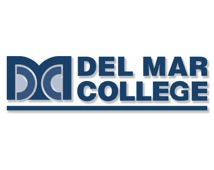Below is a summary of the abstract you submitted. Presenting author(s) is shown in bold.
If any changes need to be made, you can modify the abstract or change the authors.
You can also download a .docx version of this abstract.
If there are any problems, please email Dan at dar78@pitt.edu and he'll take care of them!
This abstract was last modified on May 18, 2016 at 3:22 p.m..

Phages are ancient but poorly understood and have large amounts of genetic diversity. Some phage genomes are better understood than others due to higher abundance of genomic sequencing. There are over 7000 sequenced Actinobacteriophage; 1129 of which are known to infect Mycobacterium spp. Mycobacteriophages are separated into clusters based on their sequence homology and then further segregated into sub-clusters. Cluster M currently has only nine members, with newly sequenced ‘Nanosmite’ being assigned to its own sub-cluster. Mycobacteriophage ‘Nanosmite’ was isolated from a public system waterway and sequenced in 2015. Cluster M phages are known for their remarkable collections of tRNA isotypes, which may be important to complete late lytic cycle growth. Cluster M phages also carry a collection of genes from Mycobacterium abscessus, a close relative to Mycobacterium tuberculosum. This rapidly growing bacterium persists in waterways and is known to cause chronic lung disease, surface infections, and disseminated cutaneous diseases. Like other Cluster M phages investigated so far, ‘Nanosmite’s’ genome also includes a serine integrase, presumably involved in lysogeny. By investigating such integrases, which may be involved in phage-to-host genomic interactions and lateral gene transfer, as well as other novel genomic aspect of Cluster M phages, we gain greater understanding of viral evolution. In addition, understanding molecular mechanisms in these phages may lead to novel biological approaches to medical treatment and biotechnological advancement.

